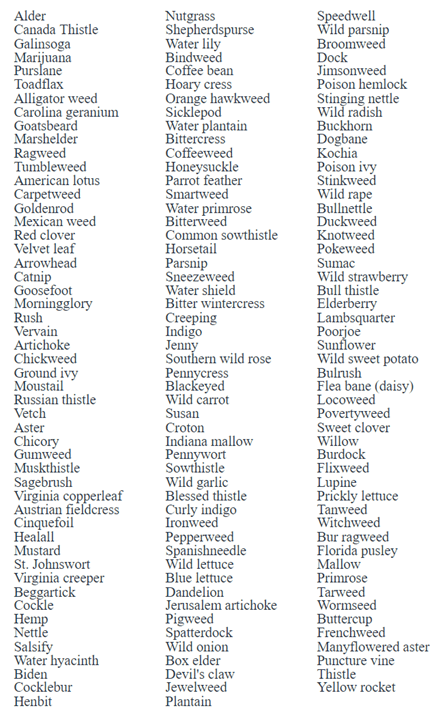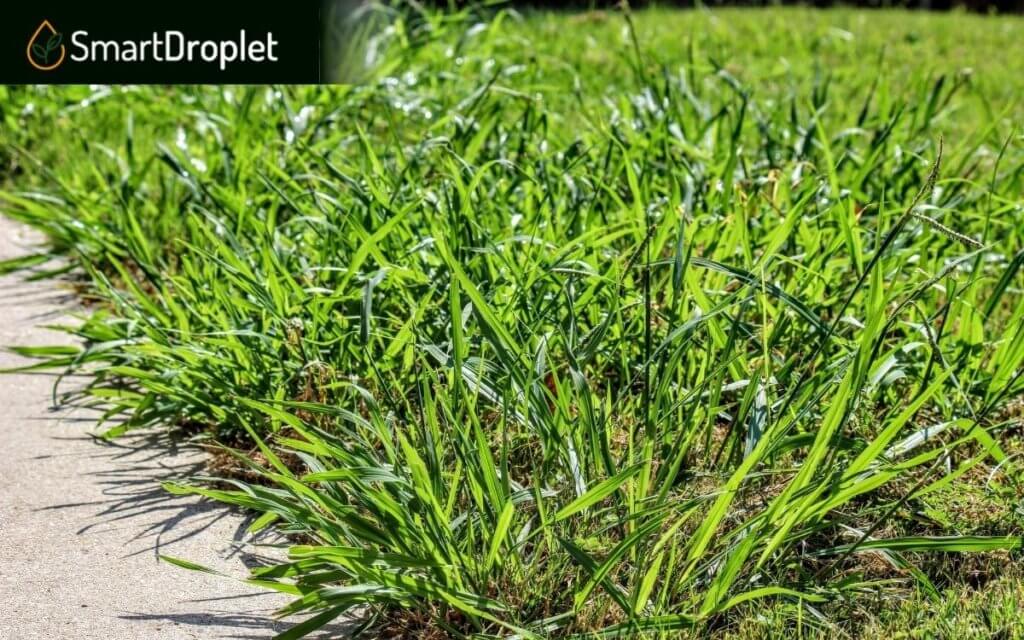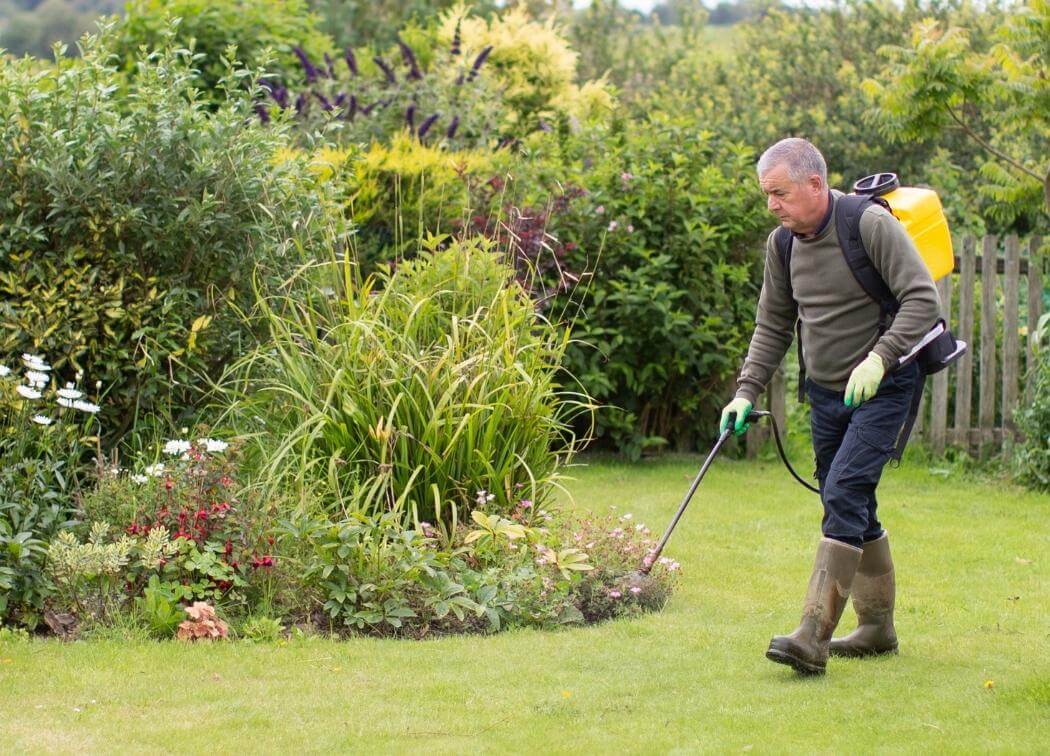Are you looking to kill broadleaf weeds on your lawn? Is there an outbreak of clover? Do you want your lawn to look pretty, clean, and green? Need a gardening product to control weeds on your lawn? Then maybe a 2, 4-D is suitable for you and your lawn.
2,4 Dichlorophenoxyacetic acid (2, 4-D) is a systemic herbicide that selectively kills broadleaf weeds. It destroys weeds through a change in the way cells grow on these plants, causing their destruction. Mixability ratio and timing are essential to get the proper mixing ratio.
2, 4-D is classified as an auxin-type herbicide. In the concoction, sulphuric acid, an active ingredient, causes weeds that contain water and essential nutrients to expand.
You can expect this compound to kill unwanted thistle, ivy, weed, and clover types of greenery. And this does this all the while keeping most of your lawn vegetation intact.
5 Best 2, 4-D Weed Killers to Consider
Here are some choices for some of the best herbicides and weed killers on the market. Each has its own features and specialties, so check which one may be the best for your application.
Keep in mind that you CANNOT use some herbicide products on certain lawn types.
Owners of St. Augustine grass lawns should be cautious when they spray certain herbicide products on their lawns.
Table could not be displayed
Each of these weedkiller products has its specialties. So keep that in mind when choosing your lawn.
Is 2, 4-D Safe for My Bermuda Grass and Other Lawn Grasses?
2, 4-D is safe for most lawn variety grasses. The ingredients and substances that compose 2, 4-Ds are purposefully there to target specific types of weeds.
So you should be able to spray it on lawns without harming the entire lawn. Do be careful, though, as some 2, 4-D concoctions can damage certain types of grasses.
For example, Hi-Yield 2, 4-D may harm a certain grass type called St. Augustine grass. So if you have this St. Augustine grass on your lawn, you can try using another different product on the list.
Of course, try to look carefully at the other product you plan to use. It may also be harmful to other plants that live on your lawn.
So if you don’t want any plant harmed, double-check the product label.
A good majority of 2, 4-D weed killer concoctions are safe to use on a Bermuda lawn.
You still need to be mindful in applying this kind of herbicide on dormant Bermuda grass. This might stunt the growth of or destroy your lawn entirely.
The dormancy stage of this grass is usually around January. So take note of these added instructions and spray your lawn accordingly.
Kill Broad-Leaf Weeds
A 2, 4-D herbicide is not a cure-all, however. There are ones that escape the weed-controlling effects of the compound.
A 2, 4-D is made to be used in non-crop areas like lawns, ornamental turf, driveways, patio areas, drainage ditch banks, fence rows, and other places where you want to control weeds.
Here are the various types of weed and clover you can kill using 2, 4-D:

This is an extensive list ranging from clovers to various thistles. The only grass on this comprehensive list of weeds is the nutgrass.
All other verdure should be safe against 2, 4-D.
On the other hand, all the other items are all broadleaf weeds. You can trust 4, 2-D to control and get rid of weeds in this list.
Will 2, 4-D Kill Crabgrass on My Lawn?

Crabgrass is quite the resilient grass weed. If not dealt with using a formidable crabgrass killer or pre-emergent, it will keep reappearing.
2, 4-D is a strong antagonist and adversary against weeds and certain types of thistle and clover, but it can’t get rid of grass weeds.
In short, 2, 4-D will not kill crabgrass.
Some 2, 4-D herbicide concoctions may have an effect on St. Augustine verdure. However, it will not be enough for other types of grass.
This herbicide’s active ingredient is made to kill weeds and isn’t formulated to kill most grass species.
It will not affect crabgrass as it would fall under the grass category. For crabgrass or nutsedge problems, you will need to spray with a different intense grass weed killer for lawns.
The weedkiller that you need is quite potent and will wreak havoc not just on the crabgrass but also on most of the surrounding greenery.
Ensure that you spot-spray with overseeding to prevent blank spots when you’re dealing with crabgrass to keep the herbage that you don’t want to be harmed safe and sound.
When dealing with crabgrass, the Drive XLR8 Herbicide is an excellent choice of herbicide when it comes to killing that pesky crabgrass.
Mixing Ratio and Application Rate for 2, 4-D
Every brand of 2, 4-D herbicide has its own mixing ratio written on its product. So, again, please double-check your labels to ensure maximum effect.
But in most cases, mixing 2.5 oz of 2, 4-D weed killer with 1 gallon of water. This is enough to treat 400 square feet of weed-laden grass in your yard.
If you’re dealing with around 800 square feet of lawn, then you can try doubling with 5 oz per 2 gallons of water.
Again, this mixing ratio doesn’t always apply to all brands, so always check for recommended ratios.
Hi-Yield 2, 4-D ratio for SMALL AREAS is 3-4 ounces per 1,000 square feet. You then mix the chemical with 1-3 gallons of water, spray and apply uniformly over the area during spring.
Timing Your 2, 4-D Spraying
You’ll want to strike when the iron is hot when applying 2, 4-D. You should spray typically at the start of spring while they’re still just about to grow.
Some weeds may enter the growth stage in the fall or summer but generally, spring is when most start growing, so that’s a great time to start spraying.
You may also want to keep in mind the soil temperature while you’re spraying. A tolerable temperature is BELOW 90 F.
While harmless to most grasses, many weed-killing chemicals can definitely still harm other plants.
You need to wait for a windless day before you spray your mixture to avoid harming flowers, like dandelions, on your lawn. Doing this will keep your other vegetation green and healthy.
Also, try to wait until there are no very young children or pets and such on your lawn to make extra sure NO ONE accidentally ingests these chemicals.
Usually, 2, 4-D is rainproof one hour after application. But to make sure, you should check your weather report and try to make sure it won’t be a rainy day on the day of application.
Make sure to use a fan-type nozzle when you spray your 2, 4-D.
Good luck eliminating those annoying garden pests with your powerful 2, 4-D weed killer!
References
- NPIC 2,4-D Fact Sheet
- Iowa State University Extension: Label Recommendations for Rain Delays with Postemergence Herbicides



